India is renowned for having a vibrant cultural heritage. Many individuals continue to practice their ancient practices despite modernisation. They may seem average to you, yet there are good reasons for following them. Nearly every Indian practice has been discovered to have some significance and health advantages.
While yoga benefits people of all ages and genders, women who frequently experience a variety of health conditions, such as hormone imbalances, aches and pains, postpartum complications, stress, and tension, may find it particularly beneficial.
India’s past is filled with traditions and rituals, as you can discover. Despite their ordinary look, these customs provide several health advantages. Like they did in the past, these customs are being followed and have equal significance today. Here are some yoga practices that are beneficial to your health.
Kashtha Takshanasana (Chopping Wood)
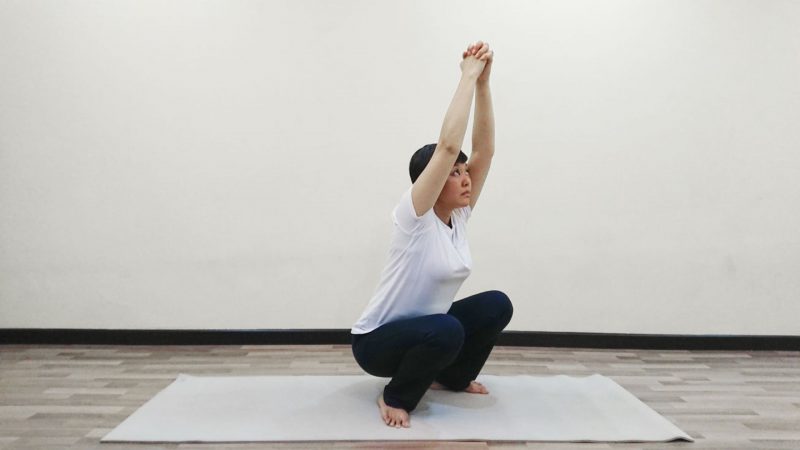
Chopping Wood Pose (Kashtha Takshanasana) can be included in the daily warm-up sequence since it helps to relieve stress from the body and mind through the movements of the arms in a swinging manner. The body’s major muscles, also referred to as the big muscles, contract, causing fresh blood to flow. This light and energy sensation helps you feel ready for the next yoga session.
Including Kashtha Takshanasana Flow in Flow yoga sequences can assist the body in enhancing its energy levels. The purpose of Kashtha Takshanasana Flow is to warm up the body for more strenuous poses and yoga flows.
Chakki Chalasana (Grinding Flour)
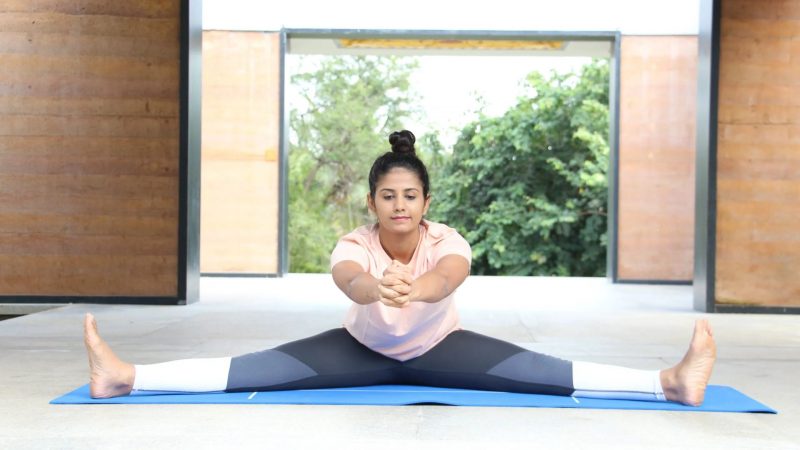
Three Sanskrit words—chakki, which means grinding in a mill; chalana, which means churning; and asana, which means pose—combine to form Chakki Chalanasana, also referred to as “Churning the Mill Pose.”
Strengthening the abdominal organs, improving the function of reproductive organs, improving the function of the digestive system, preventing back pain, reducing abdominal fat, relieving menstrual issues, and increasing blood circulation are just a few of the many health benefits of this dynamic yoga pose.
Raju Karshanasana (Milking Cows)
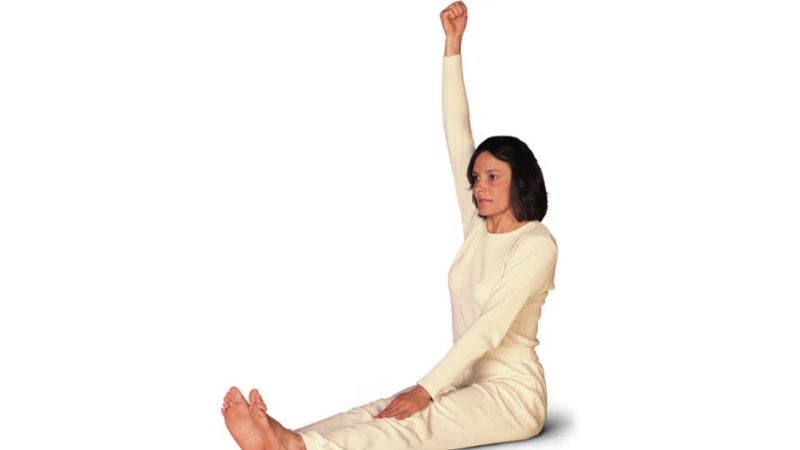
The Sanskrit origin of the name Rajju Karshanasana is “Rajju,” which means “pulling,” “Karshan,” which means “rope,” and “Asana,” which means “pos” or “posture. Rajju Karshanasana is a beneficial pose for people who have stiff backs and low vitality.
It is particularly helpful for pelvic organ and muscle toning and menstruation difficulties. It can be used both before and after becoming pregnant to help with childbirth and to realign muscles that have become loose. Pulling the Rope Pose, also known as Rajju Karshanasana, opens the heart and lungs, removes energy blockages in the spine, and enhances endocrine function.
Malasana (Making Rotis while Sitting)

Malasana is derived from two Sanskrit words: “mala,” which means garland or necklace, and “asana,” which means “pose.” This is a hip-opening, grounding position that has many health advantages. This pose is beneficial for a specific group of people, but it is suitable for different individuals at different levels.
Benefits of Malasana include increased digestion and flexibility. It is available to a wide range of people, including sedentary lifestyles and expectant mothers. Incorporating Malasana into your yoga practice may enhance your physical and emotional health. Always pay attention to your body’s needs and adjust the position to your level of comfort and ability. Malasana Pose stretches and strengthens the hip and groin area.
Manibandha Chakra-Wrist Rotation (Grinding Masalas)

Manibandha is the Sanskrit term for “wrist,” and “chakra” here denotes rotation. These exercises, also known as sukshma vyayams, are typically performed before doing yoga asanas. Manibandha Chakra is referred to when people rotate their wrists in both clockwise and counterclockwise directions.
This activity makes the hand’s muscles and the fingers’ connective tissues easier. This increases the wrists’ range of motion and flexibility while preventing damage from unexpected strain on the joint.
Kauva Chalasana (Sweeping & Mopping)
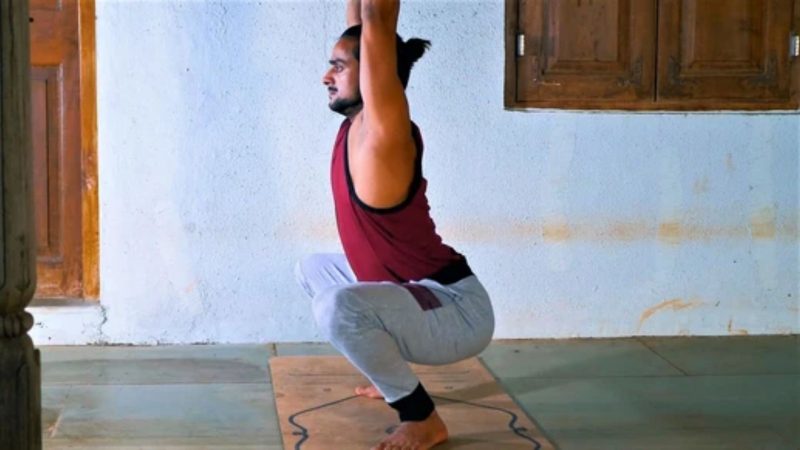
Because Kawa means “crow” and Chalasana means “walking movement” in Sanskrit, Kawa Chalasana is also known as Crow Walking Pose. The Crow Walking Pose is an effective way to stretch your hamstrings, quadriceps, groin, and knee-supporting muscles. It minimizes fat in the hip and thigh areas as well as obstinate abdominal fat. It stimulates the intestines, gallbladder, liver, and spleen in addition to the stomach.
Increased blood flow and stimulation improve gastric function and treat a variety of digestive disorders, including constipation, bloating, acidity, and indigestion. Furthermore, Manipura (Solar Plexus), Svadhisthana (Sacral), and Muladhara (Root) Chakras are stimulated by the Crow Walking Pose. Additionally, it promotes the flexibility and range of motion of the hips and pelvis and strengthens the muscles of the entire leg, including the knees, ankles, and pelvic region.
Nauka Sanchalanasna (Rowing Boat)
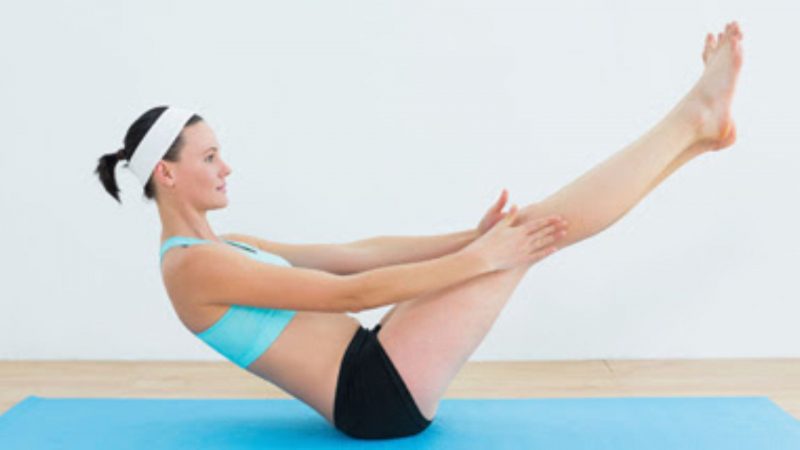
Beginner-level yoga asana Nauka Sanchalanasanasana is a warm-up practice for stronger core muscles and more challenging forward bends. This exercise helps to tone the muscles in the core and improves core capacity.
This position has the dual benefits of enhancing vitality and improving the body’s internal energy flow by guiding prana flow in the necessary direction. By lining up the neck and spine, the dynamic motions assist in releasing any strain from the back muscles and can also aid with posture. Including Nauka Sanchalanasana in flow yoga sequences can assist the body increase its energy levels.




